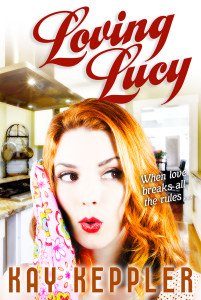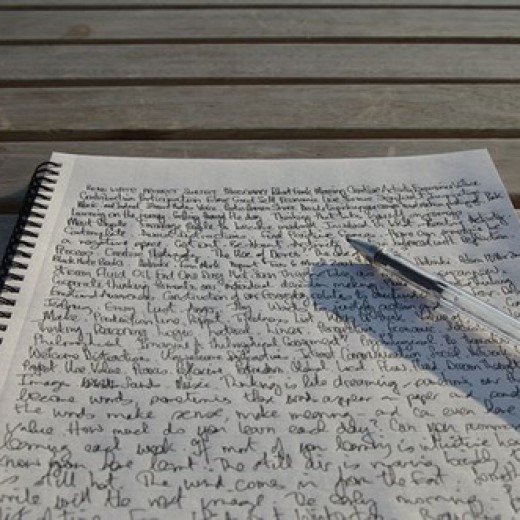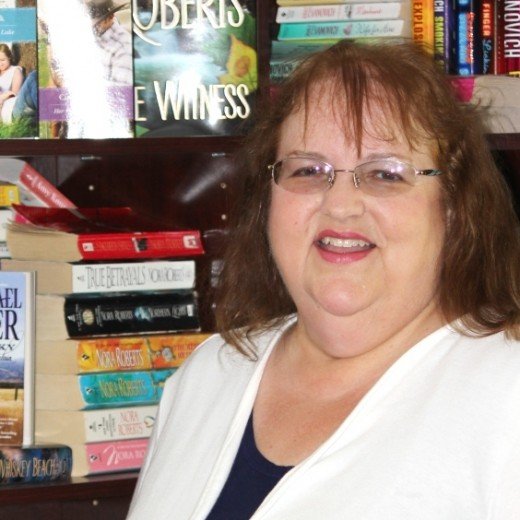Boost Emotion with a Scene/Sequel Structure by Kay Keppler
 Let’s welcome back monthly columnist, editor, and novelist, Kay Keppler, as she shares with us “Boost Emotion with a Scene/Sequel Structure!” Enjoy!
Let’s welcome back monthly columnist, editor, and novelist, Kay Keppler, as she shares with us “Boost Emotion with a Scene/Sequel Structure!” Enjoy!
***
For readers of genre fiction, emotion is everything.
Mystery readers are looking for suspense. Romance readers are looking for love on the page. And if you don’t generate those emotions in your readers, you’ve failed as a novelist.
Structure is a Framework
One way to build emotion in your work is through story structure. Remember Aristotle and the three-act play?
Other teachers have refined this concept to give you guideposts about where and how to place your story elements for maximum emotional impact.
Jack Bickham and Dwight Swain have described a story’s components as Scenes and Sequels.
Let’s look at these elements more closely.
Writing Scenes
In Bickham’s and Swain’s methodology, not all units of storytelling are the same. The Scene component has three distinct parts: the goal, conflict, and disaster.
- The Scene goal is what your POV character wants at the beginning of the Scene. The goal must be specific, something that your character goes after.
- The conflict is the obstacle(s) your POV character must overcome to reach her goal.
- The disaster is your character’s failure to reach her goal. If she reaches her goal, the story’s over.
For example: Mary comes home from school and wants a cookie. That’s the goal. But she can’t reach the cookie jar, which is on the kitchen counter. That’s the obstacle. She pulls a chair over to the counter, which her mother has forbidden her to do, climbs on the chair, and grabs the cookie jar. But the cookie jar slips out of her hands and crashes to the floor, breaking into pieces and scattering the cookies. That’s the disaster.
This is a simple example, but you see how it works. The goals, conflicts, and disasters escalate throughout the book until they reach the climax and ending, and the reader has the cathartic conclusion she’s been waiting for. Everybody’s happy.
But wait. There’s more.
Swain and Bickham say that if you have nothing but Scenes (the action sequences) in your book, your reader will be so exhausted that she might not even finish it. She won’t be able to stay at fever pitch the whole way through. And after a disaster, your character wouldn’t have a new goal immediately. Facing disaster, our Mary needs time to think through her next step. What’s the solution?
A Sequel.
A Sequel is a sequence that follows a Scene and gives the reader a chance to recover while giving you an opportunity to build tension.
A Sequel has three stages: the reaction, dilemma, and decision.
Click to Tweet: For readers of genre fiction, emotion is everything. By @KayKeppler
(You can edit before publishing.)
Writing Sequels
The reaction is the emotional follow-up to a disaster.
Mary broke the cookie jar and spilled the cookies, and she’s scared.
She did something she wasn’t supposed to, and now she doesn’t know what to do. She’s off-balance and upset, possibly injured.
Eventually Mary starts to think. What now? How can she cover up this mess? She looks for options and doesn’t see any good ones. This is her dilemma.
If your disaster was a real disaster, there aren’t any good choices. The dilemma gives your reader a chance to worry while your character sorts things out.
Then let your character make the best decision possible, even if it’s risky.
Your reader will turn the page, because that decision puts your character into motion again. Now she has a new goal — and the Scene/Sequel sequence repeats.
So in our scenario, after Mary breaks the cookie jar, she might slip off the chair and return it to the table (her reaction), debate whether she should tell her mother or try to hide the damage (her dilemma), and then (her decision): invent a story about how her little brother did it
Lather, Rinse, Repeat
Creating and building emotion is critical for writing that must fulfill the story expectations of readers. The Scene/Sequel structure is one way to do that. Check out Bickham’s and Swain’s books for more detail and analysis on story structure.
***
Related: Check out Kay Keppler’s other post on scene and sequel, “How to Write a Scene: Using the Right Scene Glue: Transitions and Sequels.”
***
ABOUT THE AUTHOR
Kay Keppler is an author Zero Gravity Outcasts, Betting on Hope, Gargoyle: Three Enchanting Romance Novellas, and editor of fiction and nonfiction –Angel’s Kiss and Outsource It!
is an author Zero Gravity Outcasts, Betting on Hope, Gargoyle: Three Enchanting Romance Novellas, and editor of fiction and nonfiction –Angel’s Kiss and Outsource It!
She lives in northern California. Contact her here at Writer’s Fun Zone in the comments below, or at kaykeppler@yahoo.com to ask questions, suggest topics, or if you prefer, complain.








Kay, thanks for a terrific summary of Scene/Sequel. I’ve been struggling a bit with that myself and this helps.
I’m glad it helped! Using the Scene/Sequel structure is a good way to help build emotion, and it can keep you on track with your plot as you progress, too. Good luck!